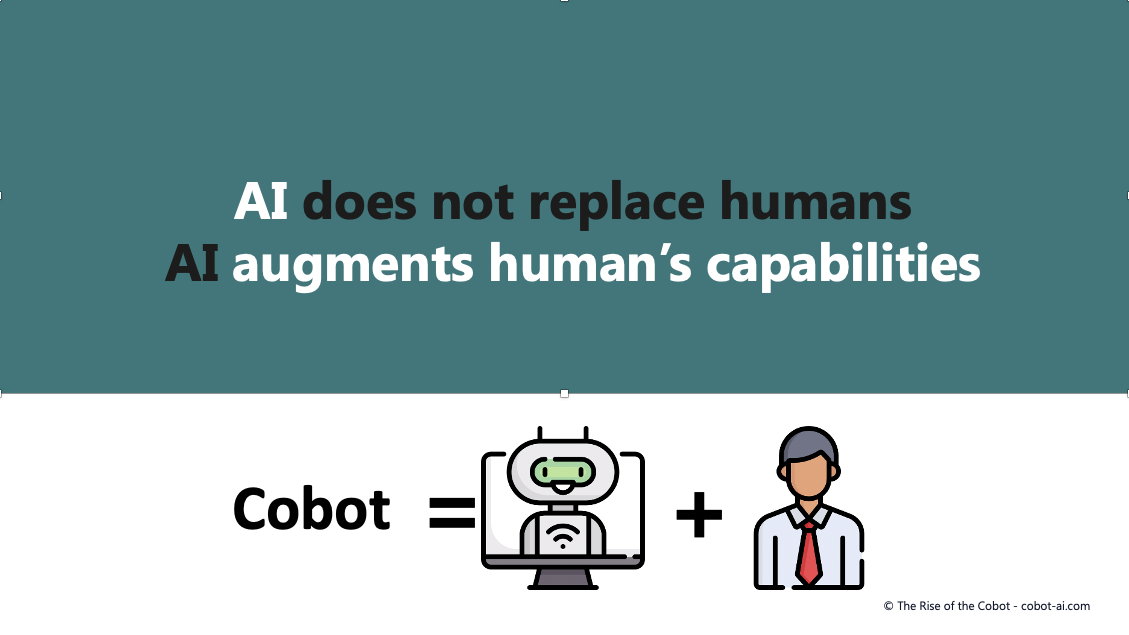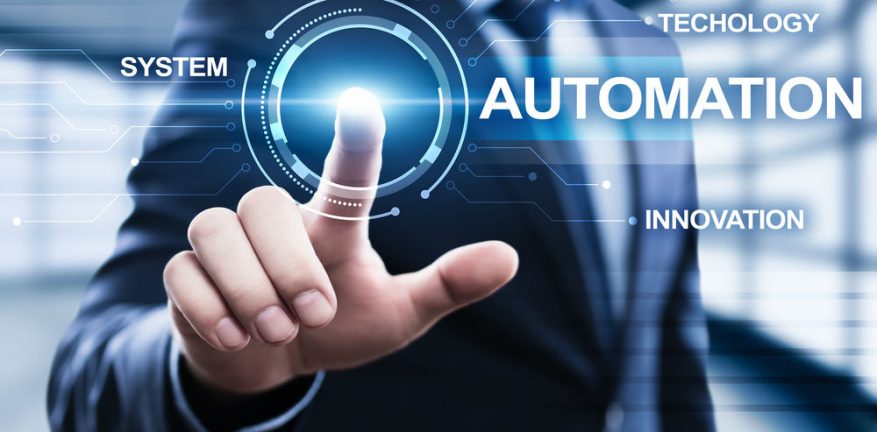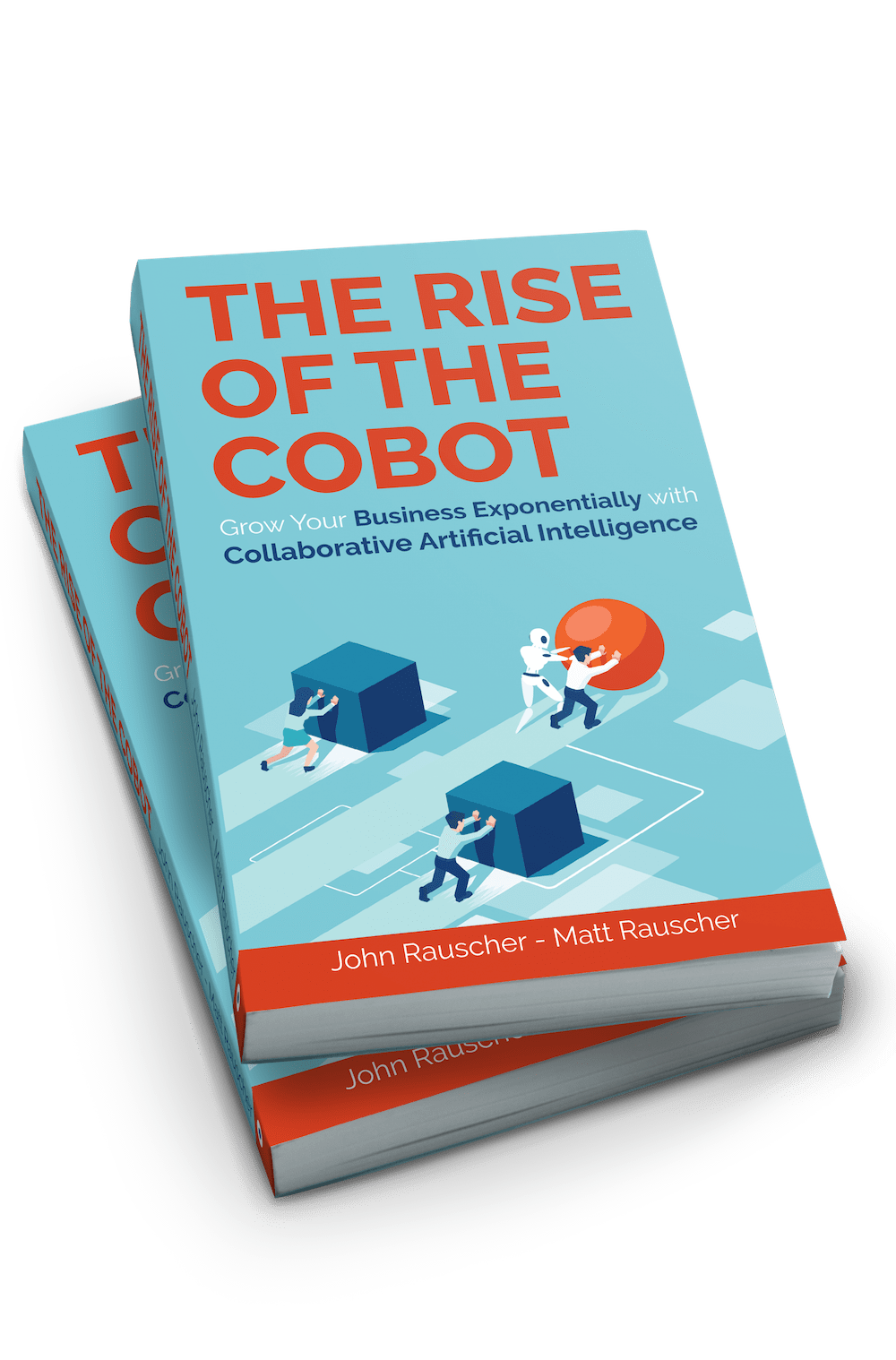I’ve already discussed some of the weaknesses of Chatbots previously. But what is the difference between a Chatbot and a Cobot? To answer this, let’s look at the origin of the term cobots. This term “cobot”, an abbreviation of “collaborative robot”, comes from industry. A cobot is not autonomous. After dedicated programming, it will usually take over a repetitive and often tedious part of a job to relieve industrial technicians. It does not replace the employee, and is much less complex and expensive than a robot.
Callbots, Chatbots and Cobots
Many websites have built-in chatbots or callbots to answer their customers’ questions. Their limitations have already been discussed. The cobot has a different purpose. It is mainly used internally to “augment” employees, or on the customer’s personalized space in the context of an e-commerce site.
Unlike chatbots which give information or bring general knowledge to prospects and customers (like FAQ – Frequently Asked Questions), cobots analyze customer data in order to ask employees or customers intelligent questions and refine their requests. The goal of the cobot is to provide expertise, that being the application of a certain knowledge (for example, a general business rule, a good practice, a professional standard) to the specific context of a situation or question.

Cobots Provide Expertise

Unlike chatbots which give information or bring general knowledge to prospects and customers (like FAQ – Frequently Asked Questions), cobots analyze customer data in order to ask employees or customers intelligent questions and refine their requests. The goal of the cobot is to provide expertise, that being the application of a certain knowledge (for example, a general business rule, a good practice, a professional standard) to the specific context of a situation or question.
Ladies and Gentlemen Executives, this is what you do all day long! But the cobot will not replace you. It will help you launch your reasoning to provide an intelligent answer, one not based on data, but on logical, cold yet sensible reasoning produced by artificial intelligence. It’s then up to you to amend the computer’s response with your common sense, creativity and empathy. And to focus on what is also important, the human relationship with the company’s internal or external customer.
Ultimately, the cobot – if well designed – is a tool that relieves employee stress, provides employee training as it explains its reasoning logic, and reduces the rate of human errors and flawed advice, providing an indisputable gain in professional efficiency. It therefore has a different use from that of a chatbot or a callbot.


